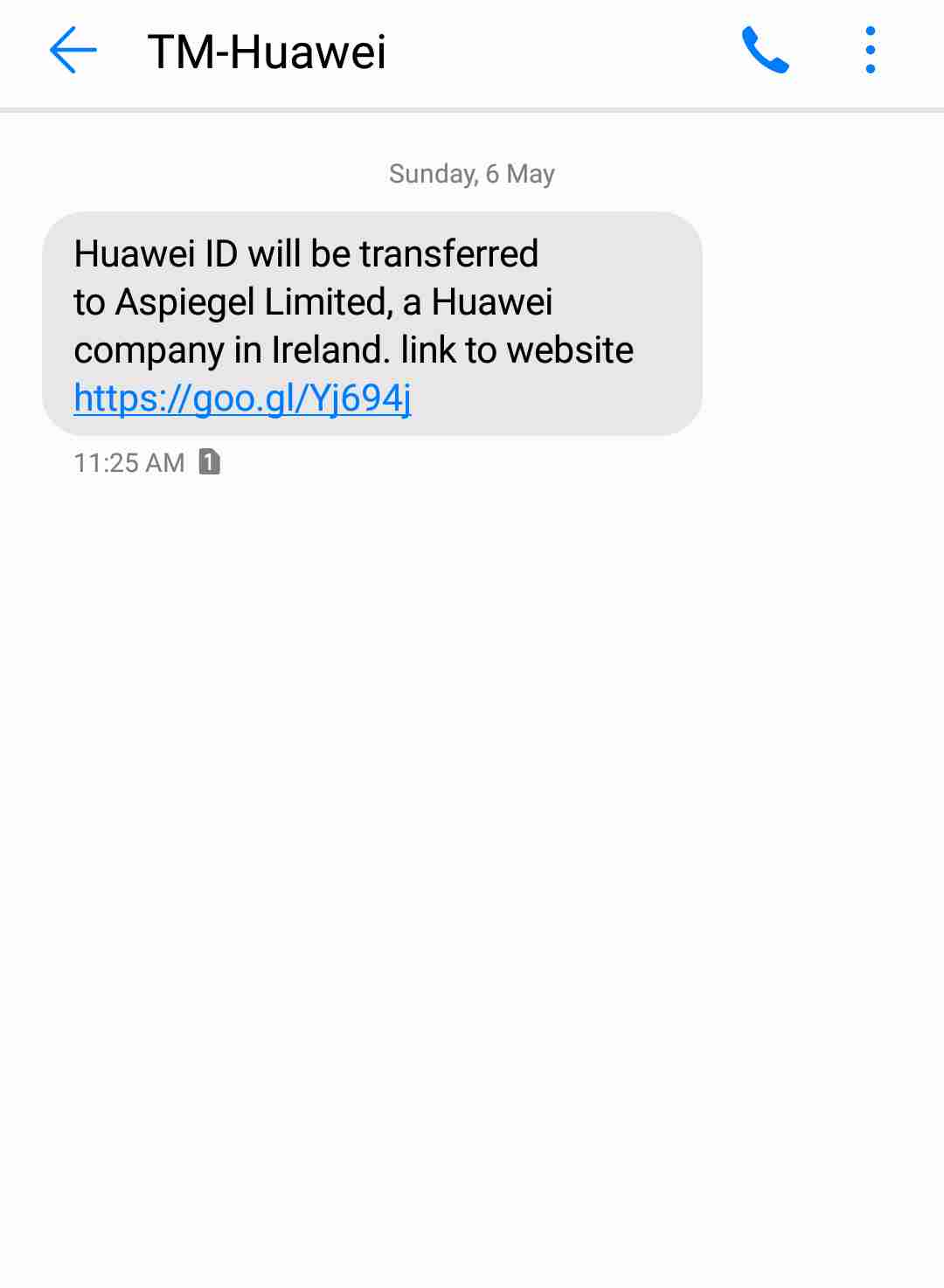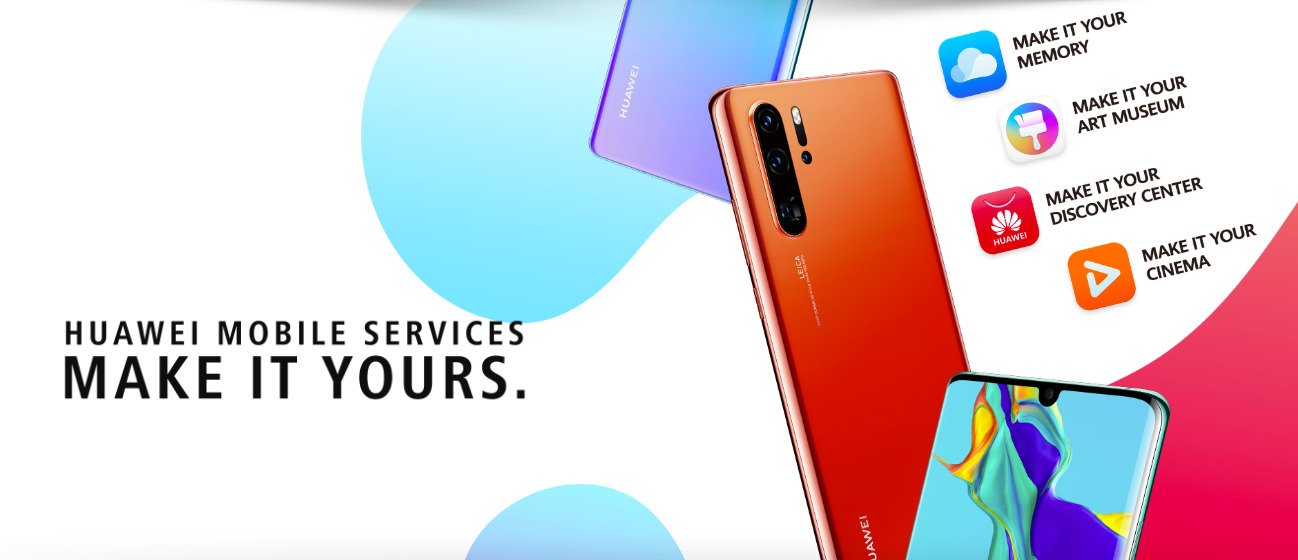It’s official! Get your #OnePlus6T at over 5,000 @Tmobile stores across the US. #UnlockTheSpeed pic.twitter.com/Z73biIDG3g
— OnePlus (@oneplus) October 29, 2018
2018 was an eventful year for Huawei. The Chinese telecom giant successfully pushed Apple to the second position and took the mantle of the second largest smartphone vendor in terms of global mobile shipments.
At the end of Q3 2018, the company shipped a whopping 52 million handsets and grabbed 14.6% of the overall market share. The figures continued to rise upwards, but Apple made a surprise comeback at the end of 2018.

Their upper tier P and Mate series of phones are occupying the premium market segments (especially China), whereas the Honor sub-brand has well-penetrated the international markets.
The Honor View series is giving a tough fight to budget flagship brands, such as Xiaomi and OnePlus.

While the size of their consumer markets is exponentially increasing, the same is not true for their network technologies and solutions wing. Despite being one of the largest cellular network solution providers, they are lately facing some hiccups.
https://twitter.com/realdonaldtrump/status/1098581869233344512
The above tweet may look like a joke, but that’s the current situation in a nutshell. Huawei, alongside ZTE, is facing several roadblocks in the USA as their phones are being considered as security threats.
According to Timothy Heath, Senior International Defense Research Analyst at the RAND Corporation, the situation is far more complicated than it looks:
The threat is legitimate, given the murky links between Huawei and Chinese authorities. The Chinese state has the authority to demand tech companies like Huawei turn over useful information or provide access to the communications and technologies owned and sold by Huawei.
He further added:
Chinese authorities can use this information and access to facilitate espionage or cyber attacks over Huawei communications technologies. Consumer tech devices like phones that rely on Huawei technologies will be easier for Chinese authorities to penetrate and exploit for these reasons.
Readers may remember how the T-Mobile deal was proven successful for OnePlus (another Chinese brand) to grab a sizeable amount of US consumers.
In an interview with PCMag, OnePlus CEO Pete Lau disclosed that OnePlus 6T had seen a massive 249% boost in sales in the United States compared to the OnePlus 6, and that was after the exclusive deal with the US carrier.
As a matter of fact, Huawei almost finalized a similar deal with AT&T. It did not ultimately get materialized – thanks to the security woes.
In August 2018, US President Trump signed the National Defense Authorization Act. By this act, US federal agencies are prohibited from using Huawei and ZTE telecommunications equipment, amid fears regarding Chinese backdoors.
Well, Huawei decided to fight back.
Lawyers for the world’s largest network equipment maker by revenue @huawei is arguing that a provision in the National Defense Authorization Act violates the U.S. Constitution. https://t.co/N1KDEiRRDM @arjunkharpal
— Ted Kemp (@TedKempCNBC) March 7, 2019
Huawei Taps Jones Day, Morgan Lewis in Challenge to US Defense Law: In challenging a section of the 2019 National Defense Authorization Act, the Chinese telecom giant has turned to two firms with close ties to the Trump administration. https://t.co/fsBfMiELxO
— Jena Leibowitz (@Jena_ALM) March 7, 2019
Regarding the allegations of collecting data using built-in telemetry functions of their phones, the Chinese OEM started to shift the Huawei ID infrastructure under the authority of Aspiegel Limited – a wholly owned subsidiary of Huawei, based on Ireland.
Last year, many users were notified about this action.

The Chinese telecom giant has invested a lot of resources in Ireland. Besides being the primary entity to bring 5G support in the country, Huawei collaborates with the prestigious Trinity College of Dublin to carry out the research in artificial intelligence technologies.
John Kennedy, editor of tech website Silicon Republic, said the following about Huawei’s presence in Ireland:
Ireland appears to be neutral in the whole Five Eyes’ suspicion of Huawei and is careful not to take sides, realising the value of its inward investment from the US but also the potential upside of what is possible from China.
FYI, the Five Eyes (FVEY) is an intelligence alliance comprising Australia, Canada, New Zealand, the United Kingdom and the United States.
It seems that Huawei is moving another huge chunk of user data to Ireland, as several Huawei mobile services (including Cloud, Themes, Screen Magazine and AppAdvisor) will be transferred on 30 April 2019 from Huawei Device Co., Ltd to Aspiegel Limited.

Huawei/Honor users are reportedly getting this mail as a prior notification of the transition.
Am I the only one who received this message? Is it legit? "Some Huawei services will be transferred to Aspiegel Limited, more details:https://t.co/MGO4wiBwEN" @HuaweiZA
— Thato (@MamaCubz) April 8, 2019
Aspiegel Limited
— Than R. (@thanr) April 15, 2019
The heck https://t.co/T4yic6t30y
The disclaimer link in the email is pointing to the same old disclosure page designed in 2018. The amount of data collected are indeed enormous, as mentioned in this page:
Account information: such as phone number, email address, security email address, security phone number, password, date of birth, name (first and last name), service and registration country/region, account identifier, profile picture, nickname, gender, customer relationship management related data, customer correspondence and contact records, direct marketing and other consents and withdrawals as well as user agreement information.
Device information: such as device identifier (IMEI or UDID, depending on your device system version), serial number, country/region code, language setting, device type and name, version number, operating system and ROM version.
Service usage and network information: such as IP address, IMSI, registration log, login/logout, time stamps of usage activities, account modification and account authentication metrics.
Users can easily opt out of this change, by deleting the Huawei ID account at any time by login into the official site. It will subsequently delete all of the synced information (i.e. backed up photos or contacts) from the Huawei Cloud.
Do you think this is another strategic move from Huawei to improve their image, especially in front of the USA? Comment below.
PiunikaWeb is a unique initiative that mainly focuses on investigative journalism. This means we do a lot of hard work to come up with news stories that are either ‘exclusive,’ ‘breaking,’ or ‘curated’ in nature. Perhaps that’s the reason our work has been picked by the likes of Forbes, Foxnews, Gizmodo, TechCrunch, Engadget, The Verge, Macrumors, and more. Do take a tour of our website to get a feel of our work. And if you like what we do, stay connected with us on Twitter (@PiunikaWeb) and other social media channels to receive timely updates on stories we publish.


